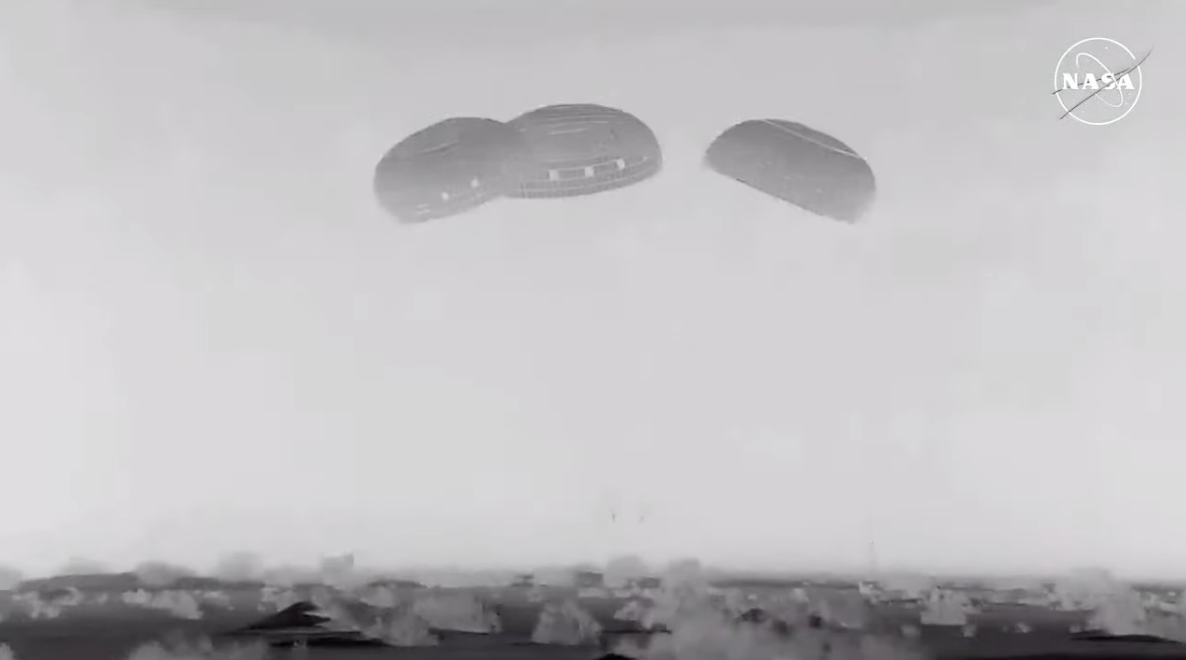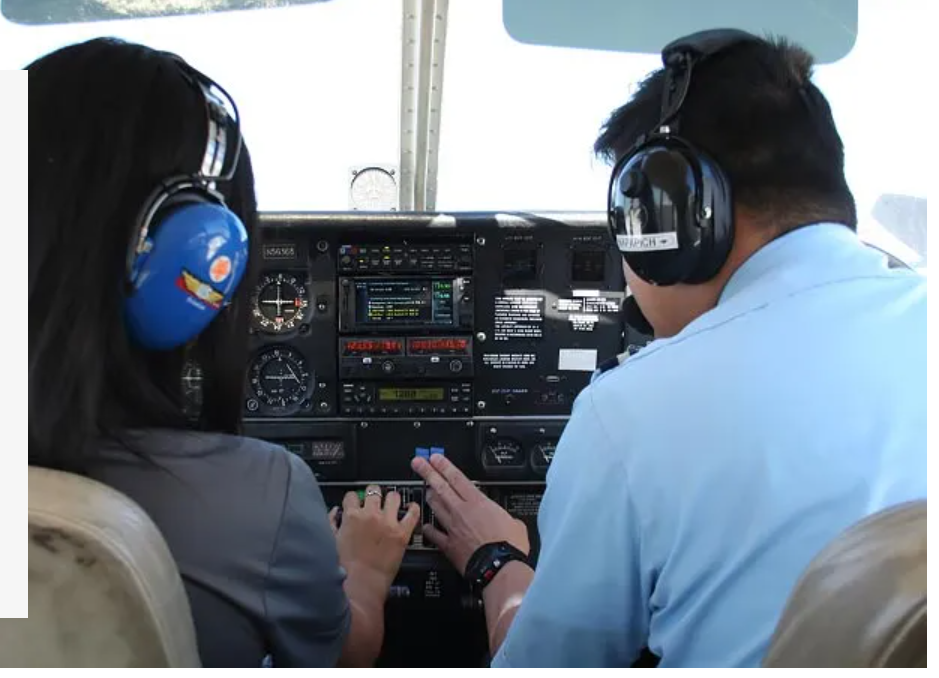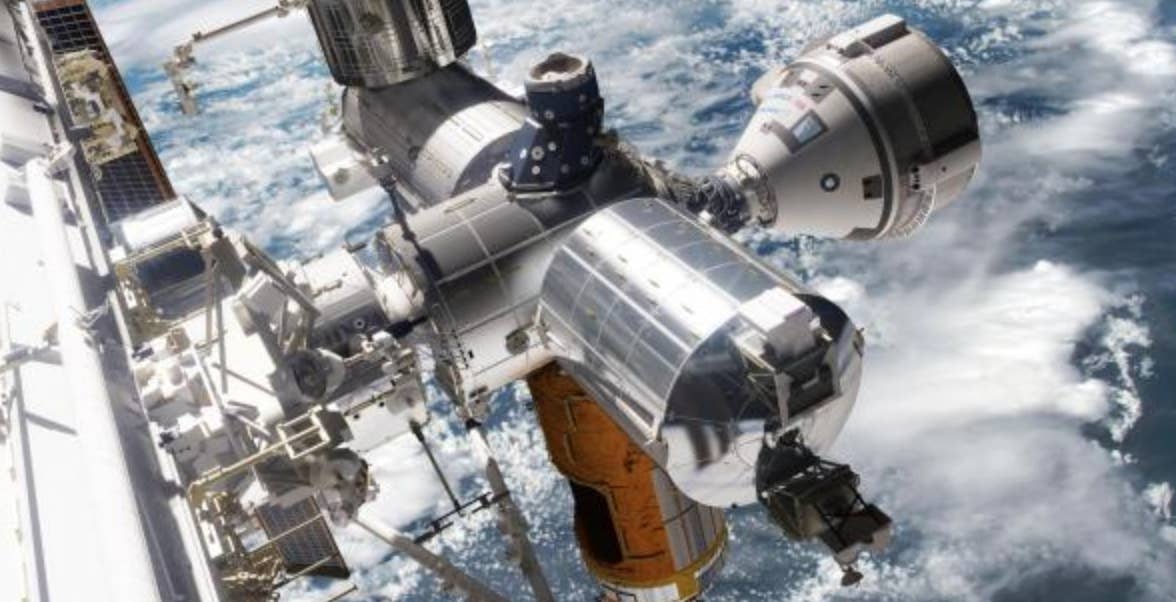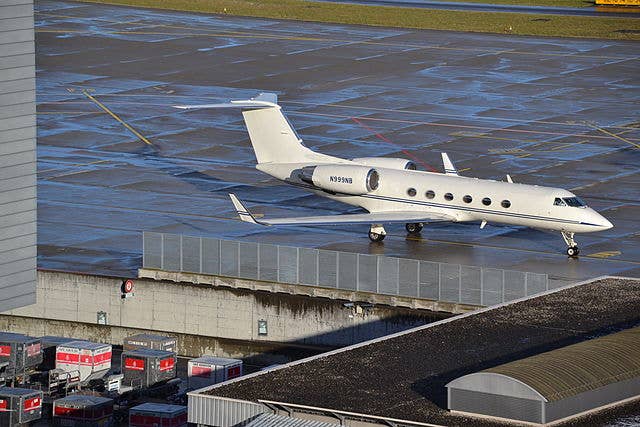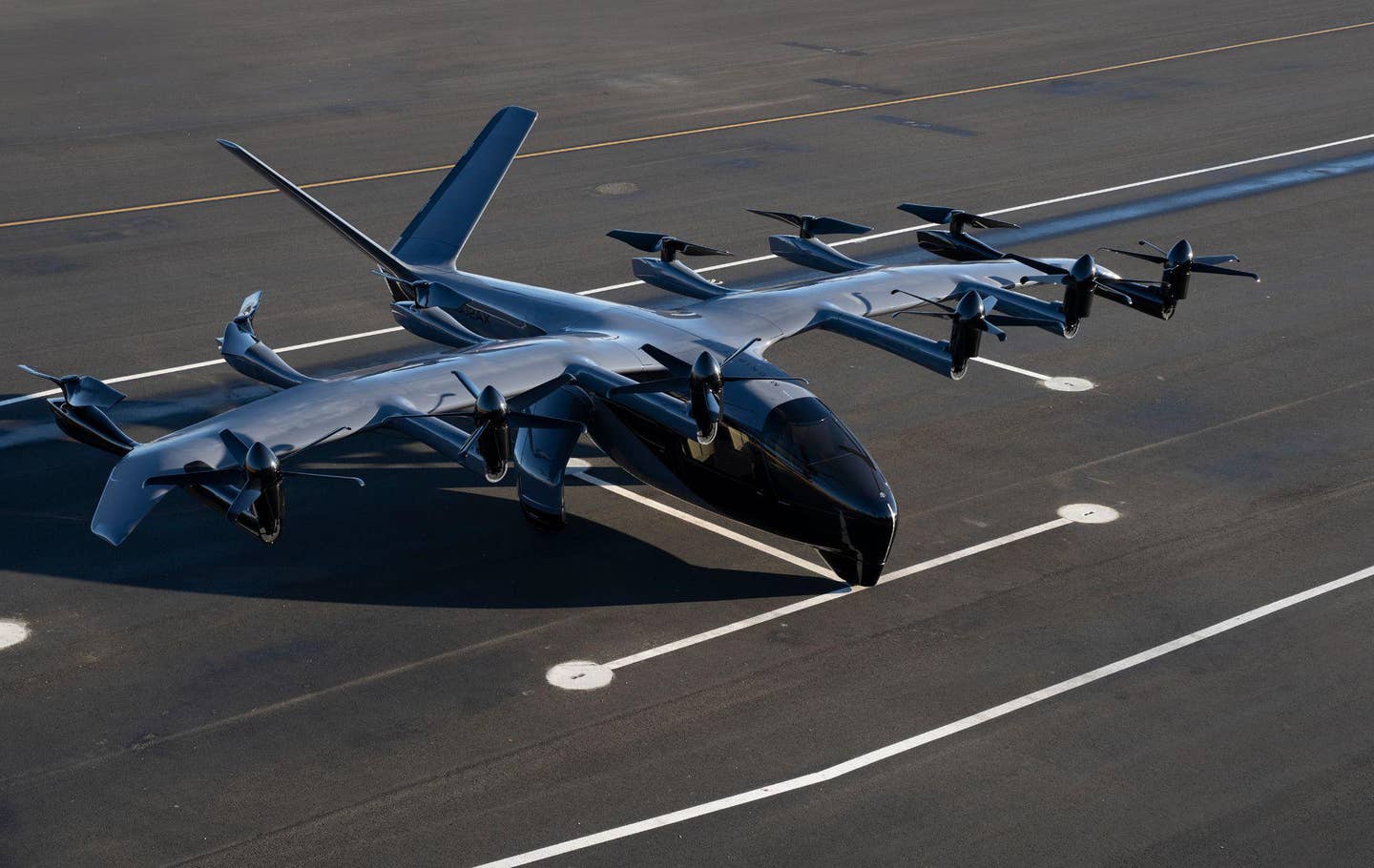USAF Program Will Revive World War II-Era Pacific Airfields
The same runways that launched the atomic bomb raids on Hiroshima and Nagasaki could be refurbished to—in part—help defend Japan. According to a report in Stars and Stripes published today…
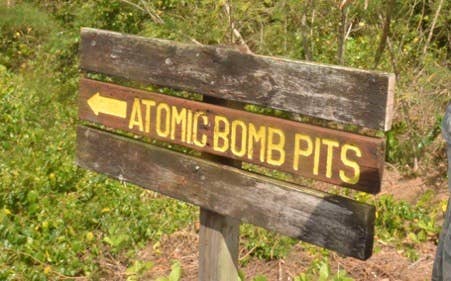
Visitors to Tinian can still see pits where the atomic bombs were loaded onto the B-29 Superfortress bombers.
Photo: Seth Robson/Stars and Stripes
The same runways that launched the atomic bomb raids on Hiroshima and Nagasaki could be refurbished to—in part—help defend Japan. According to a report in Stars and Stripes published today (Dec. 27), the United States Air Force (USAF) plans to return the North Airfield on Tinian Island to service, according to the commander of Pacific Air Forces Gen. Kenneth Wilsbach. Since last used in 1945, the four 8,500-foot runways have been overtaken by jungle growth.
The primary role of the wide-ranging redevelopment project is to provide dispersion points for U.S. aircraft in the Pacific region in the event of Chinese missile attacks. Brigadier Gen. Michael Zuhlsdorf, USAF deputy director of resource integration, said that plans call for an infrastructure build-up to support “agile combat deployment,” meaning the ability to move aircraft around quickly to disperse them from missiles in case of war with China. “We’re going to bring to life some mothballed bases that are out there,” Zuhlsdorf said.
Supporting U.S. forces in the area in this way is seen as a means to defend all U.S. allies in the region, including Japan, by deterring China “or any other country that considers challenges to a free and open Indo-Pacific,” said retired Air Force Lt. Gen. Dan Leaf, formerly deputy commander of the U.S. Pacific command.
Funding for the Tinian project is part of a wider effort to restore World War II-era air bases throughout the western Pacific region. As part of the recently passed National Defense Authorization Act for 2024, funds for the Tinian project include $26 million to develop airfields, $20 million for fuel farms, $32 million for parking aprons, $46 million for cargo pad and taxiway extensions, and $4.7 million for a maintenance and support facility.

